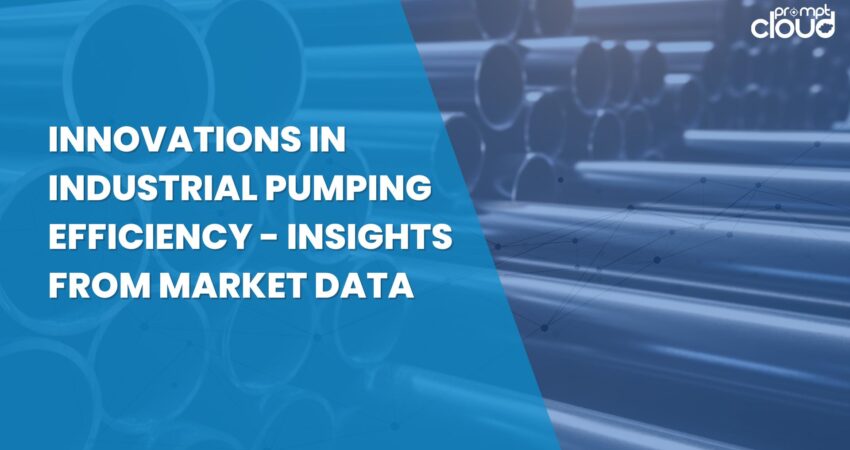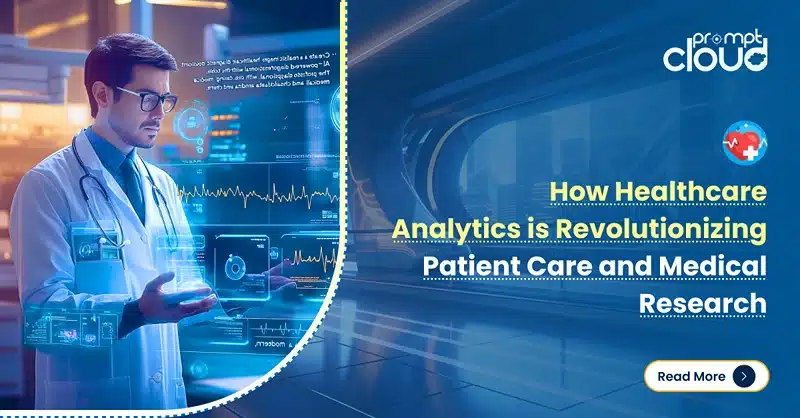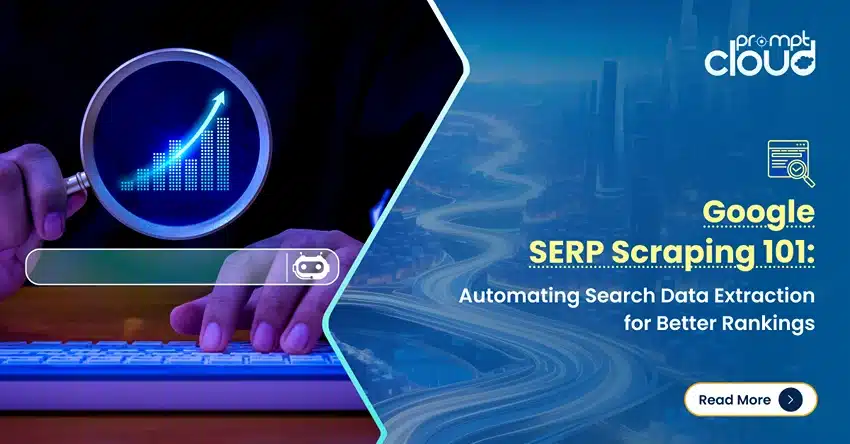
As industries continue to evolve, the quest for enhanced efficiency and reduced operational costs remains at the forefront of many businesses. One area that has seen significant advancements is the industrial pumping sector, where innovative technologies and strategies are reshaping the landscape. These innovations not only streamline processes but also contribute to sustainability and increased profitability. By examining various facets of innovation in industrial pumping, we can uncover how businesses can deploy these solutions for optimal performance.
Understanding Industrial Pumping Systems
Industrial pumping systems are essential in various sectors, including manufacturing, energy, and water management. These systems transport fluids, contributing to the efficiency of operations and ensuring that processes run smoothly. The effectiveness of such systems is measured by their ability to minimize energy consumption while maximizing flow rates and reliability. Traditional pumping systems often faced challenges, including inefficiencies, high maintenance costs, and limited adaptability to changing operational needs. With the emergence of new technologies, companies are now embracing efficient designs that promote energy savings and lower emissions. Modern systems are often designed with modular components, which allows for easy upgrades and replacements, an essential factor considering the rapid pace of technological change.
The Impact of Digital Technology on Pumping Efficiency
Digital technologies are transforming the industrial pumping landscape in remarkable ways. The integration of the Internet of Things (IoT) has enabled real-time monitoring of pumping systems, which allows operators to optimize performance dynamically. Sensors placed throughout pumping systems can collect data on flow rates, pressure levels, and energy consumption. This data is transmitted to management systems for analysis, facilitating informed decision-making. Predictive maintenance is another crucial aspect of this digital transformation. By analyzing data trends, companies can foresee potential failures and conduct maintenance before problems escalate. This approach not only extends the lifespan of equipment but also reduces downtime, resulting in significant cost savings.
Energy Optimization Through Innovative Materials
The materials used in manufacturing pumps have a profound impact on their efficiency. Traditionally, pumps were constructed from heavy metals, which, while durable, often resulted in energy losses due to weight and friction. Innovations in material science have paved the way for lighter, more durable materials, such as advanced composites and engineered plastics. These innovative materials provide several advantages, including reduced energy consumption and extended service life. Furthermore, their corrosion and wear resistance reduce maintenance intervals, allowing companies to focus their resources on other operational areas. These advancements in materials science have resulted in pumps that can withstand harsher conditions while requiring less maintenance. These innovations extend the lifespan of pumping equipment and reduce overall operational risks. The selection of materials also impacts the overall environmental footprint of pumping systems, aligning with the global shift toward sustainability.
Smart Control Systems for Enhanced Performance
The advent of automation and advanced control systems marks a turning point in industrial pumping applications. At the heart of modern industrial pumping solutions are control systems. Smart control technologies utilize algorithms to optimize pump operation, adjusting for changes in demand and minimizing energy usage. For instance, variable frequency drives (VFDs) allow pumps to operate at different speeds based on real-time data, ensuring they only use the necessary amount of energy required for optimal performance. These systems can respond to fluctuating demands in production settings. By ensuring that energy is not wasted during low-demand periods, companies can achieve a higher return on investment and reduce their carbon footprint. Smart controls also facilitate seamless integration with building management systems, streamlining operations and increasing overall efficiency.
Emphasizing Sustainability Through Innovative Solutions
Sustainability is becoming increasingly significant as industries strive to reduce their environmental impact. Innovative pumping solutions are being developed with this focus in mind. For instance, pumps designed with energy-efficient features and materials can significantly lower greenhouse gas emissions, appealing to environmentally conscious consumers and regulatory bodies alike. Companies are also exploring options for energy recovery, such as using waste energy to drive pump operation. These systems utilize residual energy from processes, contributing to a circular economy where materials are reused, and waste is minimized. Moreover, partnerships with end-users allow companies to better understand the real-world challenges faced in industrial applications. Insights gained from these collaborations can drive innovation, resulting in products that not only meet but exceed industry standards. Combining innovation with a commitment to sustainability allows companies to enhance their operational efficiency while fulfilling corporate social responsibility objectives.
Success Stories in Pumping Innovation
Examining real-world examples of companies that have successfully implemented innovative pumping solutions highlights the tangible benefits of these advancements. For instance, a leading chemical manufacturer adopted IoT-enabled pumps that allowed for continuous monitoring of performance and maintenance needs. This shift resulted in a thirty percent reduction in energy costs and improved overall productivity. Similarly, a wastewater management facility upgraded its pumping systems by utilizing VFDs and advanced materials. This change reduced operational energy consumption significantly and has allocated saved resources for other critical infrastructure needs. These case studies serve as proof of the real benefits derived from innovation in pumping systems.
Future Trends in Industrial Pumping
The future of industrial pumps will be marked by the ongoing evolution of technology and materials. Emerging trends suggest that we will see further integration of artificial intelligence (AI) and machine learning in pumping systems. These technologies can help predict failures with even greater accuracy and ensure optimal operation under constantly varying conditions. Moreover, as industries move toward more decentralized models, like microgrids and localized networks, there will be a rising demand for flexible pumping solutions capable of adapting to new environments and requirements. The focus will likely shift toward integrating renewable energy sources into pumping operations, ensuring sustainability while maintaining efficiency in performance. Efforts geared toward enhancing human-machine collaboration will also play a significant role as technological advancements continue to transform operational methodologies. The industrial pump landscape is evolving rapidly, promising exciting developments that will shape how industries operate in the coming years.
The role of innovation in industrial pumping is pivotal in driving efficiency and sustainability within various sectors. From advanced technologies to sustainability initiatives, the transformation is evident across various applications. As companies prioritize efficiency, reliability, and environmental stewardship, the focus on innovative pumping solutions will only intensify. The commitment to adopting modern pumping systems not only drives economic benefits but also supports a sustainable future for industries worldwide.


















